Shelter is a virtual reality documentary directed by Sjors Swierstra (The Netherlands) and co-directed by Ivanna Khitsinska (Ukraine) that offers an intimate look at the war in Ukraine. The film immerses the viewer in everyday scenes: from a tender conversation between pregnant women in an underground maternity ward in Kyiv to the heart-wrenching funeral of a soldier in Lviv. From the tense preparation of soldiers in a frontline barracks to the breathtaking performance of a symphony orchestra in a basement in Kharkiv.
In Shelter, the audience is invited to step into a virtual space with people from Ukraine, to witness moments of shared humanity and reflect on the cost of war.



















